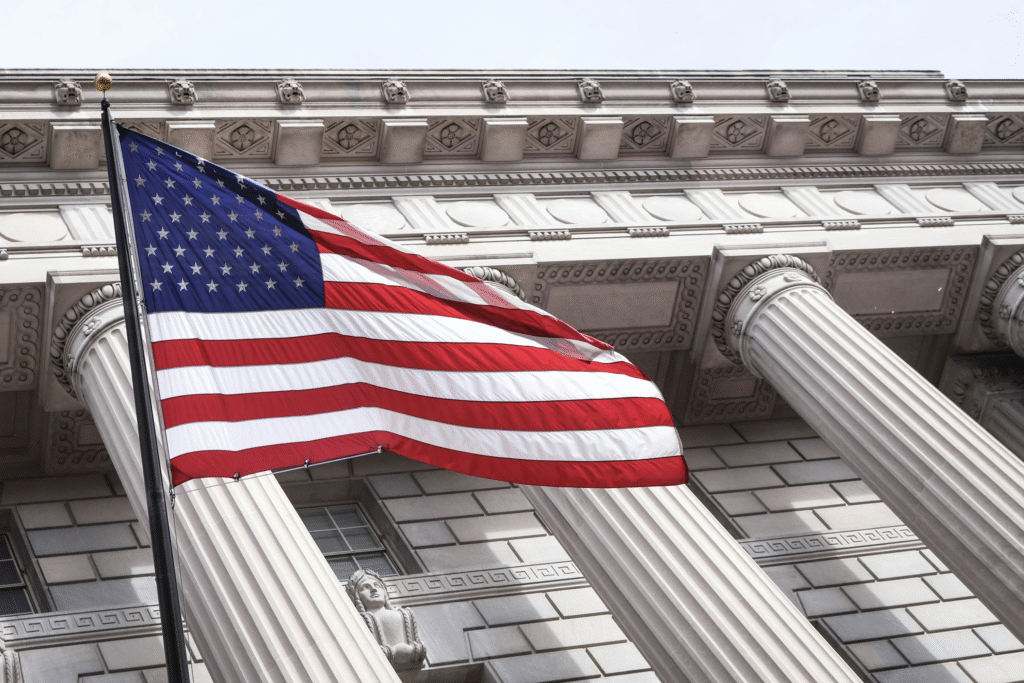In July, prices in the United States went up only a little compared to the previous month. However, certain services and goods became more expensive, which pushed a key measure of inflation to its highest level in six months. This happened even though the overall increase in prices was not very large.
The report, released by the U.S. Labor Department’s Bureau of Labor Statistics on Tuesday, showed that while some prices stayed low, others went up sharply. Gasoline prices, for example, fell in July, which helped keep overall inflation under control. But other areas told a different story. The cost of services such as airline tickets went up, and prices for goods affected by tariffs, like household furniture, also rose. These increases added pressure to the “core” inflation rate, which looks at prices without including food and energy.
According to the data, the Consumer Price Index (CPI) went up by 0.2% in July. This was a small increase, but when food and energy prices were removed from the calculation, the CPI rose by 0.3%. Over the past year, this “core” measure of inflation went up by 3.1%.
The report suggested that a recent cooling trend in service prices may have stopped. In fact, service costs saw some of their biggest jumps in years. For example, the cost of dental services went up more than ever before in a single month. Healthcare prices also increased notably. This means that while people might have saved some money at the gas pump, they were likely paying more for other things like doctor visits or dental appointments.

Some of these price increases may be connected to tariffs — taxes placed on imported goods. President Donald Trump’s broad import duties have so far had a limited impact on overall goods prices, but economists believe it’s possible inflation could rise more in the near future because of them. The rise in furniture prices is one example of how tariffs can directly affect consumers.
The Federal Reserve, the central bank of the United States, often focuses more on service inflation when making decisions about interest rates. Because service prices rose strongly in July, some experts are now questioning whether the Fed will go ahead with an interest rate cut at its next meeting, which will take place on September 16–17.
The decision will depend on more than just this July report. The Fed will be looking closely at the upcoming employment and inflation numbers for August before making any move. Signs of a weaker job market might push the Fed toward cutting rates, but higher inflation could make them hold off.
Conrad DeQuadros, a senior economic advisor at Brean Capital, explained the situation clearly: “For those at the Fed who want to watch and wait, there is plenty here for them to make the case. For those who want to cut, they will argue tariffs are a one-time effect, the pass-through is modest and they want to cut because of risks to the labor market. This report, therefore, clinches nothing either way.”
This means there is still a lot of debate about what the Fed should do next. People who think the Fed should be patient will point to the fact that some of the price increases might be temporary, especially if they are caused by tariffs. On the other hand, people who think the Fed should cut rates will focus on the fact that the job market may be weakening, and lower rates could help the economy.
Looking at the bigger picture, the July inflation numbers show both good and bad news for American households. On the good side, lower gasoline prices mean people can save money when filling up their cars. This can help offset some of the higher costs in other areas. On the bad side, the rise in service costs — especially healthcare and dental care — could be a burden for families who are already struggling with high living expenses.
Economists often watch the “core” CPI more closely than the overall CPI because food and energy prices can change quickly and for reasons that have nothing to do with the economy’s underlying health. A jump in the core CPI can be a sign that inflationary pressures are building. That is why the July number of 0.3% was important — it was the largest increase in half a year.
The report also touched on how certain goods that are sensitive to tariffs have been affected. Furniture, for example, saw noticeable price increases. While not every product category reacted the same way, these changes hint that the effects of tariffs might become stronger over time. Economists are still debating how much of this will eventually show up in the prices consumers pay.
Service inflation, in particular, is a concern for the Fed because it tends to be more stable than goods prices and is closely tied to wages and the cost of labor. If service prices keep rising, it could be harder to bring overall inflation down, even if goods prices stay low or fall. That’s why the record jump in dental service costs stood out so much in the July data.
Another factor is healthcare costs. When healthcare prices rise, they affect nearly everyone in some way. This not only adds to the monthly expenses of families but can also influence how people spend money on other things. If more money is going to medical bills, less might be spent on travel, entertainment, or other goods and services, which can affect the overall economy.
In the coming weeks, attention will turn to the August reports for jobs and inflation. These will be critical in shaping the Fed’s next move. If job growth slows down sharply and inflation remains under control, a rate cut becomes more likely. But if inflation stays high, the Fed might decide it’s better to wait.
For now, July’s numbers paint a picture of an economy where some prices are under control while others are rising faster. Lower gasoline prices offer relief, but higher service costs — especially in areas like healthcare and travel — could put more pressure on consumers. The mix of trends makes the Fed’s decision in September more difficult, as there is no clear answer on the best path forward.


